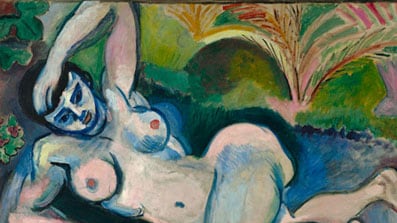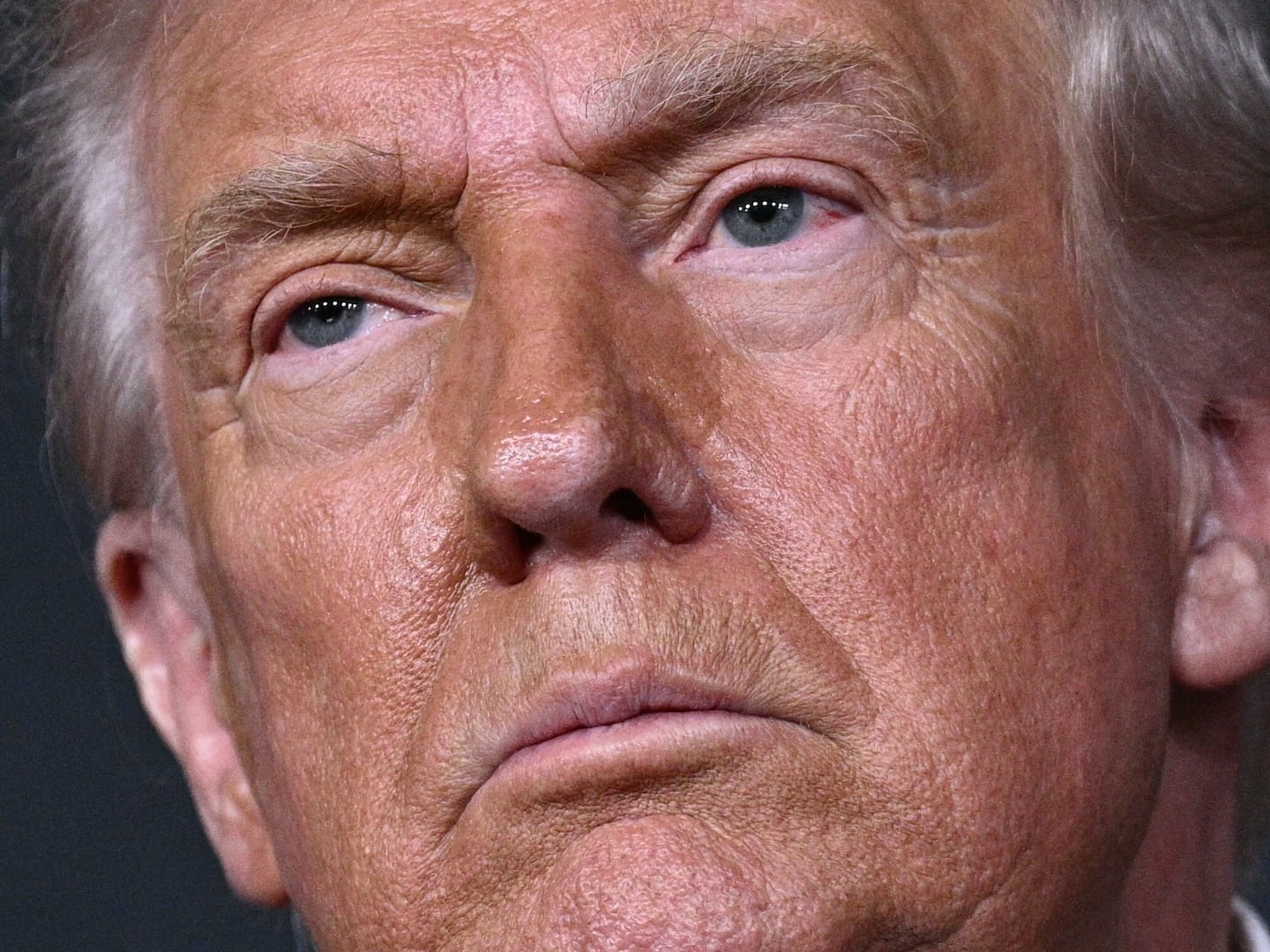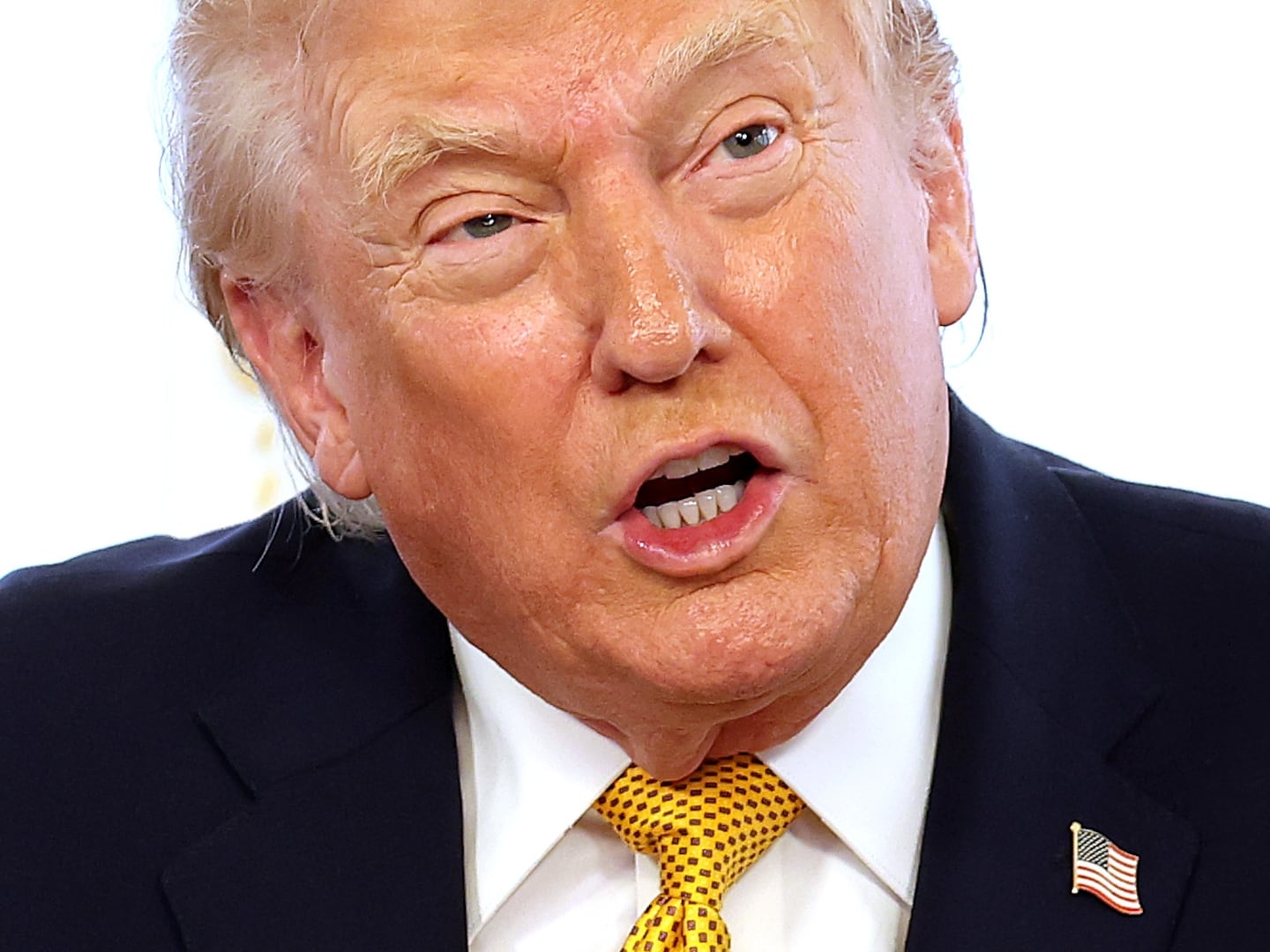The 120 or so paintings, drawings, sculptures, and prints featured in Matisse: Radical Invention, 1913-1917 at the Art Institute of Chicago through June 20 aren’t the most crowd-pleasing examples of the artist’s work. There are few delicate floral arrangements, bright interiors, and lush color palettes for which the early modernist is so typically known. Instead, we see backgrounds invading foregrounds, abstracted objects, vast color fields, Cubist portraits, skewed perspectives, lots of black, lots of gray, and the painter himself letting his freak flag fly.
Click Image To View Our Gallery Of Matisse: Radical Invention

Freak, of course, is a relative term here. Avant-garde, yes. But Henri Matisse was more bourgeois family man than he was radical artist. Nonetheless, he was equally adept at stretching the boundaries of representation and in an exhibition co-produced by the Art Institute and the Museum of Modern Art (where the show will travel in July), we’re given a focused, highly studied look at what might have been the artist’s most experimental period of all—one that is denser, darker, weirder, and far more abstract than Matisse lovers might like or expect.
Matisse: Radical Invention focuses on the five years in question. It’s a great approach and an opportunity to delve deeper into Matisse’s riskier aesthetic decisions. But first comes the “control” section: Rubenesque nudes and awkward riverside trysts dating from 1907 to 1912, for the most part—examples of the fairly traditional (though by no means naturalistic) Fauvist techniques the artist would enhance, upend, and break away from entirely come 1913. Morocco plays prominently here, too. Matisse traveled to Tangiers in 1912 and became transfixed by the region’s very particular architecture (and later, we see its influence in the arches and geometric shapes that make their way into the artist’s work).
In 1913, Matisse returned from Morocco and reestablished himself in Pairs. He started constricting his palette (less energy spent on color meant more energy to spend on form and composition). He also started playing with depth and space ( The Blue Window, 1913, for example, reads as a flattened still-life with abstract, indefinite objects existing on a single 2-D plane); he began layering and scraping away at his painted surfaces; and, taking a cue from the Cubists, he moved away from neoclassical subjects (i.e. those voluptuous nudes) in favor of his immediate surroundings and objects from everyday life. With each canvas, Matisse’s technique became more and more reductive. Interior scenes (like the French Window at Collioure, 1914) read as starkly abstract color field paintings and portraits of friends and family were simplified to their most essential features and shapes.
As World War I raged on, Matisse’s work became increasingly introspective and his practice became that of painting and repainting. He wasn’t particularly precious about anything and would eagerly destroy older works in an effort to tease out something more revolutionary, something new. The apex of this more process-driven phase is the Art Institute’s own Bathers by a River—a colossal canvas that has lived no less than five incarnations (in 1909-10, 1913, and 1916-17). In photographic documentation of the painting’s long, strange life, we see the bathers themselves go from languid and fleshy to faceless, geometric, inorganic, and austere.
I, for one, love when museums showcase a crowd-pleasing artist’s darker, stranger, and uglier side (visually speaking, of course). And there have been a few excellent examples of this as of late with O’Keeffe’s abstractions at the Whitney and Monet’s mid-century influence in Madrid. It’s a fun tool and a reminder that even if an artist has entered the pop cultural lexicon—O’Keeffe was recently the subject of a Lifetime movie—he or she isn’t necessarily dropped from critical discourse. And, when it comes to Matisse, it seems we still have a lot to learn.
Plus: Check out Art Beast, for galleries, interviews with artists, and photos from the hottest parties.
Rachel Wolff is a New York-based writer and editor who has covered art for New York, ARTnews, and Manhattan.






